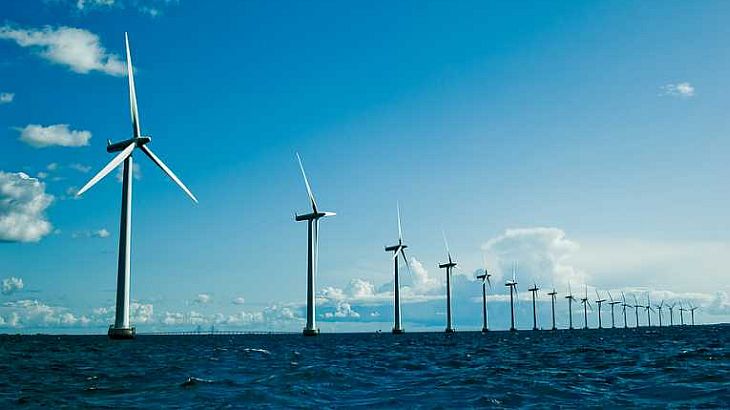Renewable energy sources are on the rise in Germany, with wind power continuing to play the most important role. But a current study reveals the potential of renewables is far from being fully exploited, EurActiv Germany reports. Germany’s renewable energy production has been steadily growing, with a fourfold increase since 2000. Around 40 terawatt hours were generated with renewables 15 years ago and in 2014, the level was at 157.4 terawatt hours.
Wind power continues to play a significant role, even in a European comparison. In 2014, the share of EU-wide total power generation of installed wind energy was at 30.4%, followed by Spain with 17.9% and the United Kingdom with 9.7%. Within only one year, Germany had added 5,280 megawatts (14.3%), according to statistics from the European Wind Energy Association (EWEA) cited by Chabot.
On the other hand, wind power stations produce by far not as much as they could. The degree of utilisation was at 18% in 2013, putting Germany in 22nd place in an EU comparison. “These figures are a catastrophe,” said energy analyst Craig Morris. The reasons for the low level of full load hours among German facilities are well-known. The wind energy market in Germany is comparatively old, with many older generation plants still in use. These are only gradually being replaced by newer systems.
In addition, Germany experiences relatively low levels of wind, apart from the coastline in the north. Morris called for a rethinking in Germany’s wind power culture, so that the plants can also produce more power in regions with relatively little wind. “In rural areas we need larger rotor blades for generators of the same size,” Morris explained.
Larger rotor blades generate more energy. Smaller generators can only generate a limited amount of energy, meaning performance highs would be lost but, overall, such generators operate for a longer time because they are more likely to turn on during weaker winds. But over the past few months, winds were by no means weak in Germany. Due to stormy weather in December, wind power plants produced more electricity within one month than they ever had before.
8.9 billion kilowatt hours of power were fed into the grid in December, the International Economic Forum on Renewable Energies (IWR) reported. In comparison: all German nuclear power plants put together generated around 8 billion kilowatt hours in 2013. The new wind energy record could already be broken in 2015. Within the coming months numerous new wind farms at sea will be connected to the grid in 2015 and generate electricity primarily during the winter months when there are particularly high winds.
With regard to wind power’s share of the nationwide energy mix, Denmark, not Germany, is the leader. With a share of 39.1% in 2014, Denmark is the global leader in wind energy. In 2004, the share was only at 18.8%. Ten years later this number had almost doubled. In January 2014, alone, the Danes produced 61.4% of their electricity with wind power.
